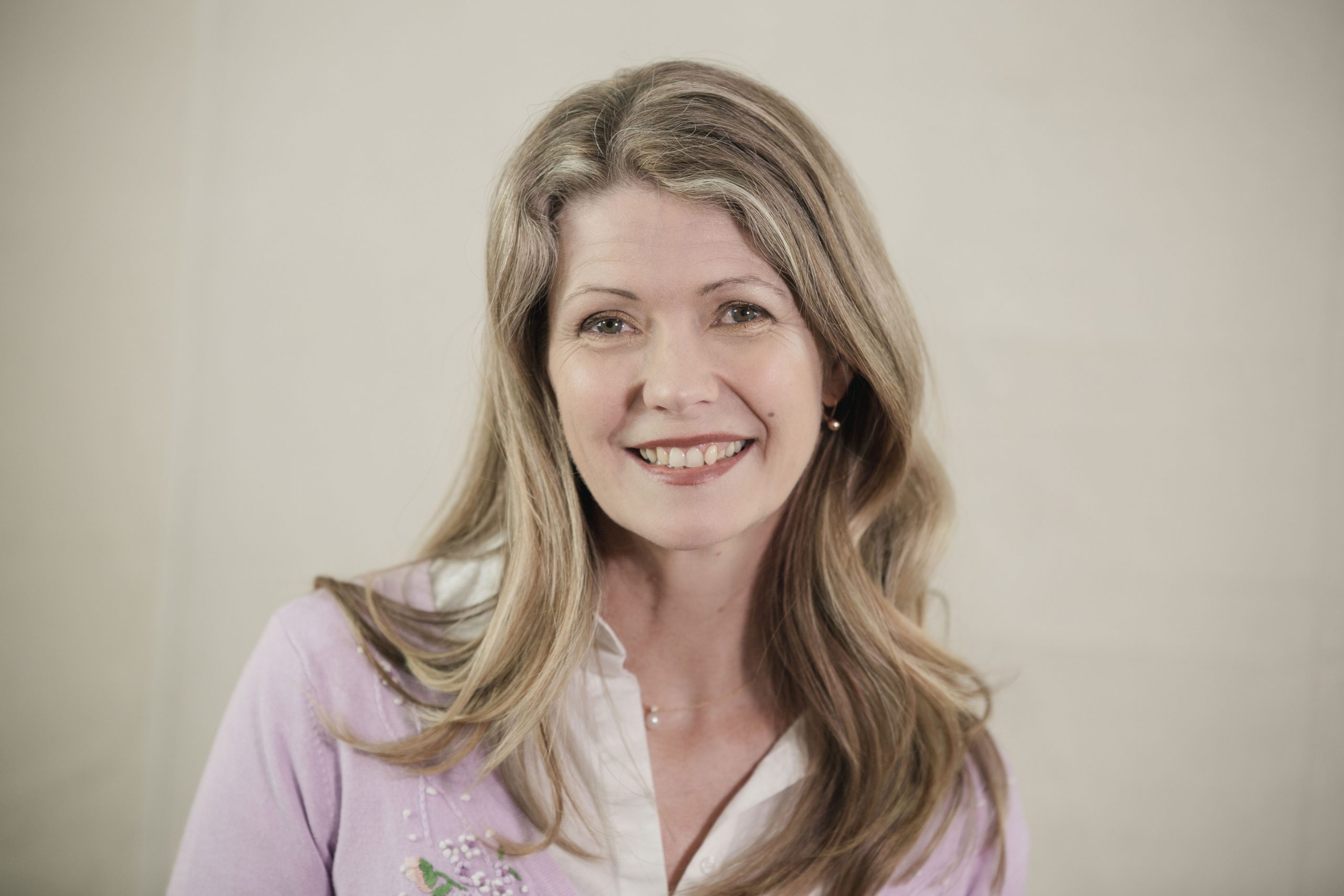In yogic philosophy the true Self is bigger than everything else in the person’s experience, including their sense of self identity. True Self is like the whiteboard, and everything else that comes into awareness, like thoughts, feelings, body sensations, sensory experiences, sense of self, is like writing on that whiteboard in water-soluble, rather than permanent, markers. The writing doesn’t define the whiteboard, the writing is just writing.
Another analogy is that the self is like the sky, and everything else is the weather moving across the sky. I quite like this analogy because in the sky is the Sun, and our true Self can also be likened to the Sun. Our true Self, or true nature, has the qualities of light, life, and warmth.
What is the true Self then? Yoga says that the true Self is the Observer, Pure Awareness and Love.
Another teaching from yoga is nondualism. This is the idea that we are none of us separate, we are all one. We are all different manifestations of energy arising in awareness. When we make friends with these manifestations in ourselves, it naturally flows that we have more empathy, understanding and love for others.
So, what has all this got to do with Autism?
I have found that approaching a person from the philosophy of yoga allows the space for that person to find their true Self, and therefore to find self-acceptance, self-love, and a sense of well-being. Yoga also helps family members, assisting them to make space for autism, and for all their reactions to autism, including confusion, guilt, self-blame, fear, anger. Utilising the strategy of lovingly and with great compassion for self, making space for their own reactions, becoming curious and moving closer to them, allows them to reach a place of self-acceptance, self-love, and a sense of well-being. These are perfect conditions for an autistic person, indeed for any human, to thrive.
A lot of people in Western society believe yoga is about complicated poses that are practised in a gym to become calmer and more beautiful. For some people, this is certainly what it is about.
However, by looking more closely with openness and curiosity, I have found that yoga is about so much more than that. When I started on my journey in yoga, as a person who identifies with episodic depression and persistent social anxiety, I was very interested in the calming effect yoga may bring to my life, as well as the potential beauty effects! I have found that this calming effect was achieved within the first month of deepening my practice, and that since then yoga has been the foundation of building the most meaningful relationships of my life, including my relationship with myself, and with the clients and families I am here to help.
Recommended Texts:
Manocha, R (2016). Silence Your Mind Hachette: Australia.
Simpkins, C.A. & Simpkins A.M. (2014). Yoga and Mindfulness Therapy: Workbook for Clinicians and Clients. PESI Publishing & Media; USA.
Thornton Hardy, S. (2015). Asanas for Autism and Special Needs: Yoga to Help Children with Their Emotions, Self-Regulation and Body Awareness. Jessica Kingsley Publishers: UK.
Dr Michelle Garnett PhD is a clinical psychologist who has specialised in autism for 28 years. In 2005 she founded Minds & Hearts, a now internationally recognised Clinic specialised to autism. Her research has informed understanding of early detection, the female profile and the importance of good mental health. She has co-authored six highly regarded books on autism, including a seminal work with Barb Cook on the female presentation, Spectrum Women: Walking to the Beat of Autism.





